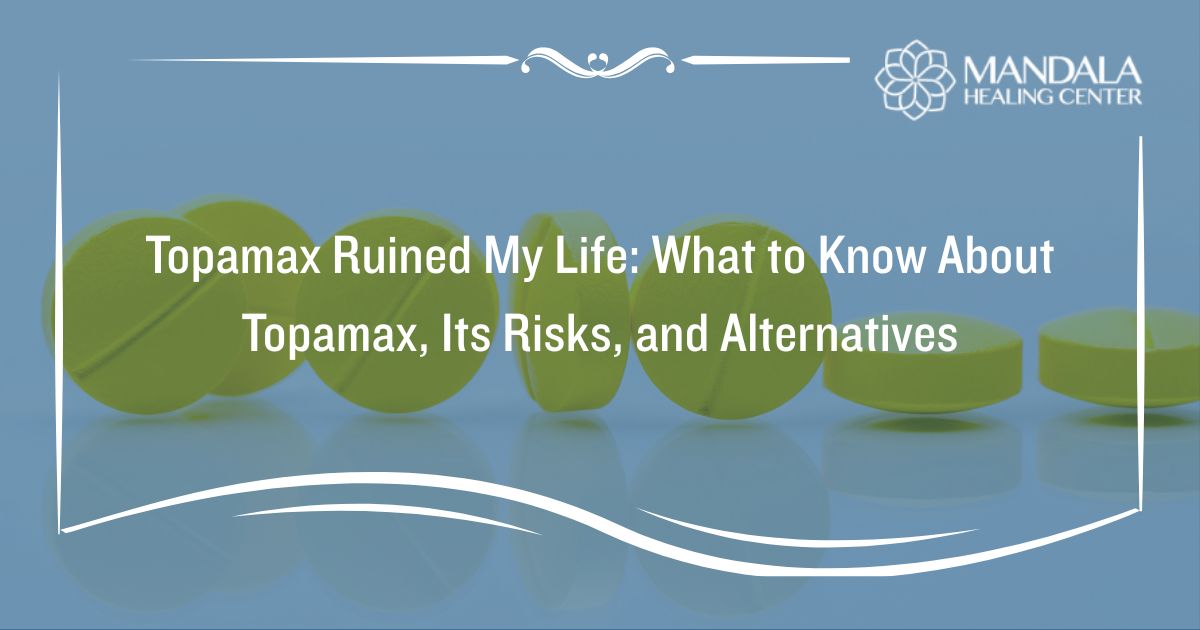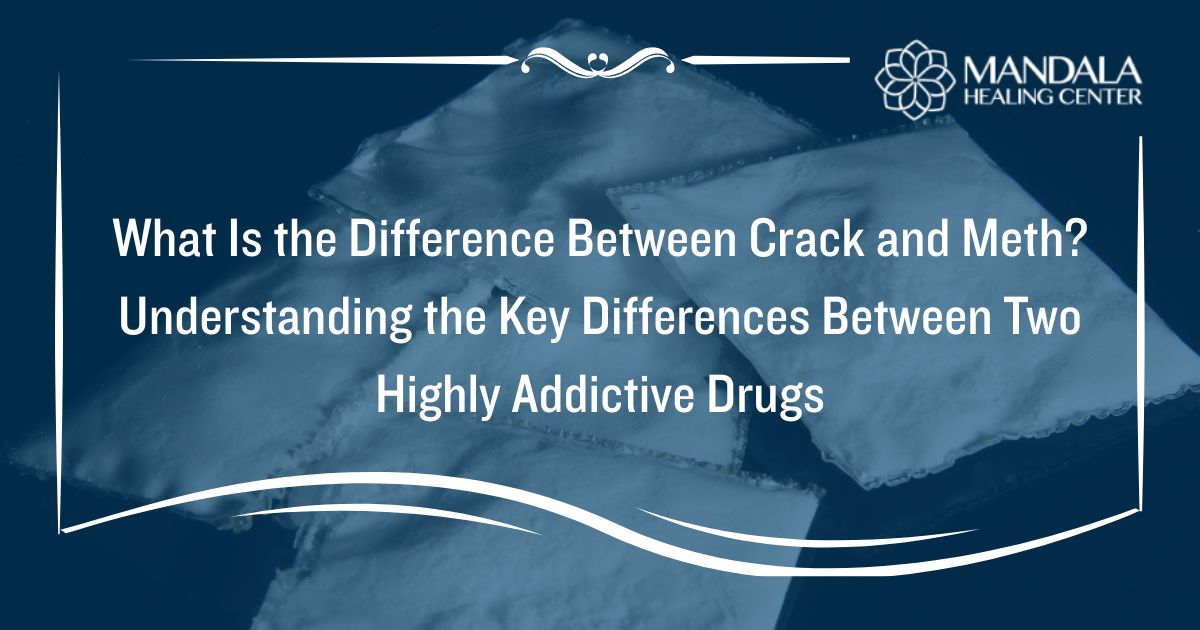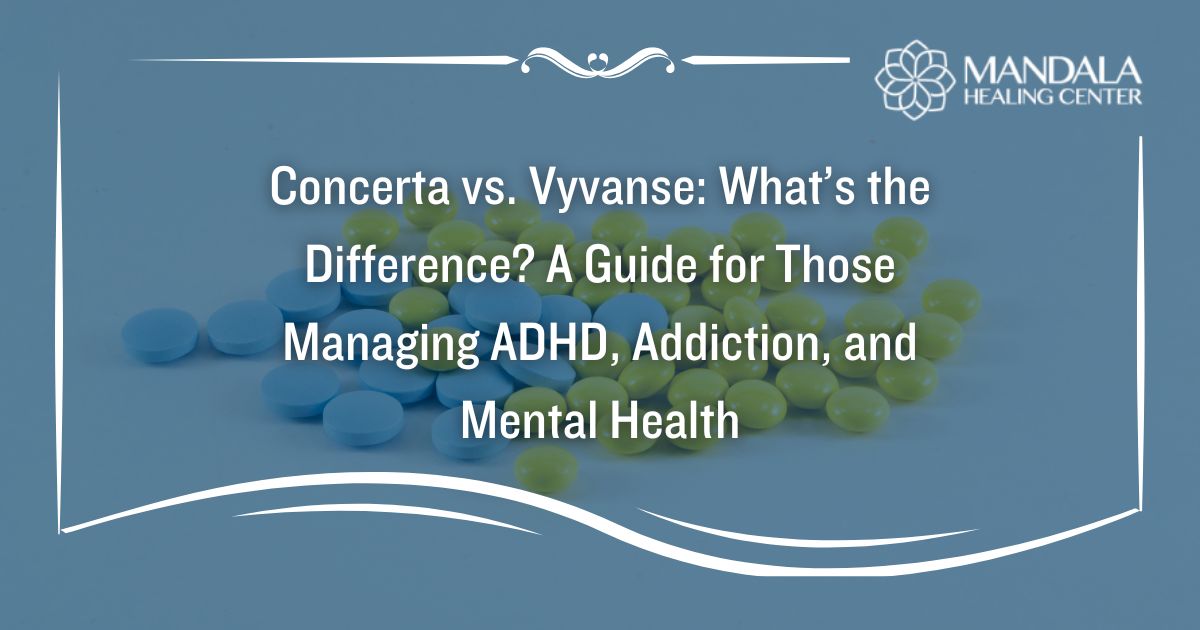Xanax is a prescription medication used to treat panic disorders. For more than 50 years, people have been taking Xanax to help reduce symptoms of anxiety. Doctors may also prescribe it to help manage depression, nausea caused by chemotherapy, and other medical conditions. But is Xanax addictive? And how can people reduce their risk of dependence?
Learning more about Xanax abuse and addiction can help you recognize a problem and seek treatment as quickly as possible. If you or someone you love needs treatment for Xanax addiction, reach out to the team at the Mandala Healing Center to explore your support and treatment options.

What is Xanax (Alprazolam)?
Xanax is the brand name of Alprazolam, a benzodiazepine drug that doctors prescribe to help manage anxiety and panic disorders.[1] It is one of the most widely prescribed psychotropic drugs in the U.S.
Is Xanax Addictive?
Xanax is classified as a Schedule IV drug, which signifies that it has a low risk of abuse. However, thousands of people develop a dependence on the drug and require treatment to overcome it each year. So, is Xanax addictive?
The short answer is yes, Xanax addiction is real. Many people who seek treatment for substance abuse use Xanax alone. Xanax is a benzodiazepine, and benzodiazepines are highly addictive. In fact, about 40% of people who use benzodiazepines for six or more weeks develop a dependence on them.[2]
Drug addiction has two components: physical dependence and psychological dependency. When people abruptly stop using a drug their body is dependent on, they will likely experience uncomfortable, sometimes hazardous withdrawal effects. To manage the psychological and physical effects of withdrawal from Xanax, people must seek medical and emotional support from a supervised detox program.
How Does Xanax Addiction Develop?
Most people who use prescription Xanax use the medication to manage panic or mood disorder symptoms. Over time, people may develop tolerance to Xanax–meaning they need to take a higher dose of the drug to get the desired effects. They may experience breakthrough panic or anxiety and take a larger dose to manage it.
However, this can create a cycle of Xanax abuse. People take more Xanax to manage anxiety, the body becomes accustomed to the higher dose, and the person must take an even higher amount. If people stop taking Xanax, they will likely experience intense cravings and other uncomfortable withdrawal symptoms.
Once Xanax addiction has developed, it is challenging to stop using the drug without professional treatment in a medically supported Xanax detox program.
Side Effects of Xanax
While Xanax is generally considered to be safe for use under medical supervision, some people may experience unpleasant side effects when taking the drug. These side effects may be more severe or become dangerous for people who abuse Xanax.
Some of the most common side effects of Xanax include the following:[3]
- Drowsiness
- Lightheadedness
- Slow or shallow breathing
- Seizures
- Hallucinations
- Risky behavior
- Increased energy
- Decreased need for sleep
- Racing thoughts
- Agitation
- Vision problems
- Jaundice
Lightheadedness and dizziness can cause people to lose their balance and fall, putting them at risk for serious injury. This effect is more significant in the elderly, but it can happen to anyone who takes Xanax.
Combining Xanax with other substances, including opioids and alcohol, can put people at risk of serious complications. Breathing can become too slow or shallow–or stop altogether. Some may experience severe drowsiness or unconsciousness. If you or someone near you has signs of Xanax overdose, call 911 immediately.
Recognizing Xanax Abuse and Addiction
People who take Xanax under medical supervision are less likely to develop dependence or addiction than those who use it recreationally. But anyone who takes Xanax–especially for an extended period–may develop tolerance to it. Tolerance can lead to misuse, and it’s crucial to catch the signs of Xanax abuse as early as possible.
Some signs of Xanax addiction include:
- Intense cravings for Xanax when you’re not using it
- Needing more of the drug to get the desired effects
- Taking Xanax without a prescription
- Using prescription Xanax differently than prescribed–taking it more often, for a longer period, or in higher doses than your doctor told you to
- Isolating from friends and family
- Spending a lot of time thinking about, getting, using, and recovering from using Xanax
- Neglecting your responsibilities at home, work, or school
- Taking risks while using Xanax, such as having sex or driving under the influence
- Wanting to stop using Xanax but feeling unable to without help
- Experiencing withdrawal symptoms if you stop using Xanax
- Continuing to use Xanax despite negative or life-threatening consequences
People with Xanax addiction may do everything they can to hide their substance abuse from others. If you have noticed changes in yourself or a loved one’s mood, appearance, or behaviors, it could signify Xanax abuse. Reach out for help from an addiction counselor or specialist for support and guidance.
Find Help Now
Xanax addiction can take your life off course. If you or someone you love need help to overcome Xanax abuse, reach out to the team at the Mandala Healing Center to explore your treatment options and find support.
Our Xanax rehab program in West Palm Beach, FL is designed to empower people on their recovery journey and give them the tools they need to live a healthier sober lifestyle. Don’t wait for the care and treatment you deserve. Call today to get started.
References:












